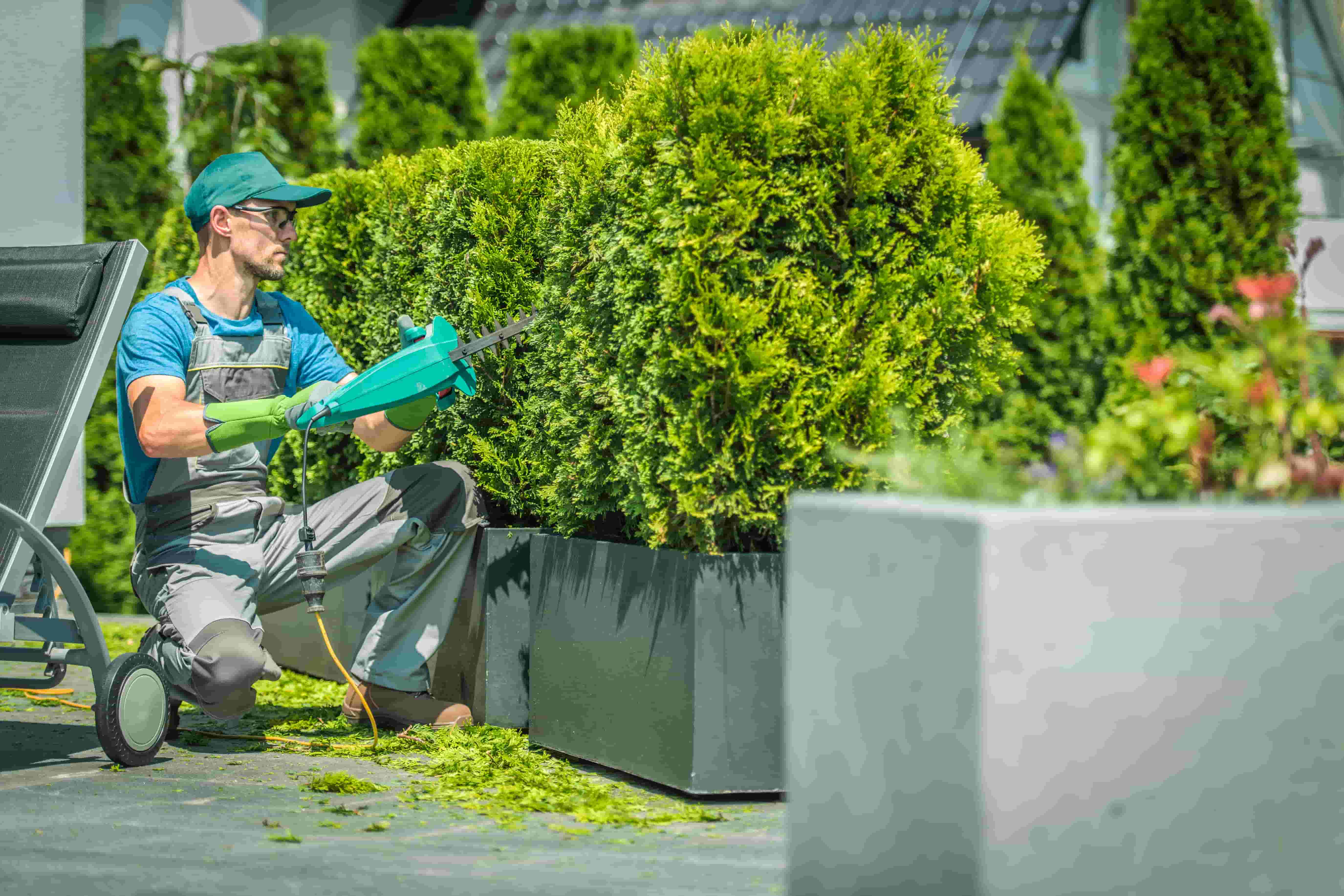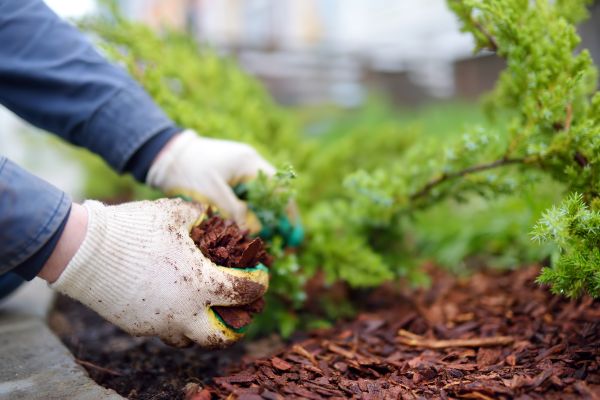Pruning is more than just cutting away branches—it's an art form that enhances plant health and garden aesthetics. Over the years, I’ve seen how the right pruning techniques can transform an ordinary landscape into a stunning, well-manicured garden. Done correctly, pruning encourages stronger growth, better flowering, and a more refined shape.
In this guide, I’ll share the best techniques, essential tools, and timing tips to help you master the art of shrub pruning. Plus, I’ll reveal common mistakes to avoid and when it’s time to call in the pros at Davidson Landscaping.
Why Shrub Pruning is Essential for a Healthy Garden
Pruning isn’t just about making your shrubs look good—it’s essential for their overall health. Regular trimming ensures:
1. Disease Prevention
Dead or diseased branches are breeding grounds for pests and fungi. Removing them reduces the risk of infection spreading throughout the plant.
2. Stronger Growth
Strategic pruning encourages new growth and helps the plant focus energy on healthy branches and flowers.
3. Improved Airflow and Sunlight Exposure
Thick, overgrown shrubs block airflow, leading to moisture buildup and fungal issues. Pruning allows air and sunlight to penetrate deep into the plant.
4. Better Flowering and Fruiting
By removing old, spent blooms and weak branches, you stimulate new buds and improve flower or fruit production.
When to Prune Your Shrubs in Virginia
Timing is key to effective pruning. Here’s a seasonal breakdown for different shrub types:
Spring-Flowering Shrubs (e.g., Azaleas, Forsythia, Lilac)
- Prune right after blooming (late spring to early summer).
- Cutting them too early removes next year’s buds.
Summer-Flowering Shrubs (e.g., Hydrangeas, Rose of Sharon, Butterfly Bush)
- Prune in late winter or early spring, before new growth appears.
- This allows shrubs to focus on strong, new blooms.
Evergreen Shrubs (e.g., Boxwood, Holly, Juniper)
- Trim lightly in early spring.
- Avoid heavy pruning in fall, as new growth may not harden before winter.
Pro Tip: Unsure when to prune? A good rule of thumb is to prune after flowering for spring bloomers and before new growth for summer bloomers.
Must-Have Tools for Pruning
Having the right tools makes pruning easier and safer. Here are my go-to essentials:
1. Hand Pruners
- Best for small branches (up to ½ inch thick).
- Bypass pruners are ideal for clean cuts.
2. Loppers
- Perfect for medium branches (up to 1 ½ inches thick).
- Provides better leverage than hand pruners.
3. Pruning Saw
- Needed for large branches (over 2 inches thick).
- Essential for overgrown or older shrubs.
4. Hedge Shears
- Great for shaping hedges and formal designs.
5. Protective Gear
- Always wear gloves, safety glasses, and long sleeves to protect yourself from thorns and debris.
Pro Tip: Keep tools sharp and clean to avoid spreading disease between cuts.
Mastering Shrub Pruning Techniques
1. Thinning (Best for Overgrown Shrubs)
- Removes entire branches to open up the plant.
- Encourages better air circulation and new growth.
2. Heading Back (Best for Size Control)
- Shortens individual branches without altering the plant’s natural shape.
- Encourages bushy growth.
3. Shearing (Best for Hedges)
- Trims outer tips to create a uniform look.
- Best for boxwood and formal hedges.
4. Rejuvenation Pruning (Best for Old or Neglected Shrubs)
- Removes one-third of the oldest branches each year.
- Gradually restores shape and health.
Pro Tip: Always prune at a 45-degree angle, just above an outward-facing bud, to encourage proper growth direction.
Avoid These Common Pruning Mistakes
Even experienced gardeners make pruning mistakes. Here’s what not to do:
❌ Over-Pruning
- Cutting too much at once stresses the plant.
- Follow the Rule of Thirds—never remove more than one-third of a shrub at a time.
❌ Pruning at the Wrong Time
- Spring-blooming shrubs pruned too early won’t flower.
- Avoid late-fall pruning—it triggers new growth that won’t survive winter.
❌ Improper Cuts
- Cutting too close to the trunk creates an entry point for disease.
- Leaving stubs prevents proper healing.
Post-Pruning Care for Shrubs
After pruning, your shrubs need extra care to recover and thrive:
✅ Watering – Keep soil moist (but not soaked) after pruning. ✅ Mulching – A fresh layer of mulch locks in moisture and nutrients. ✅ Fertilizing – Apply a balanced fertilizer to encourage new growth.
When to Hire a Professional
DIY pruning is great, but some situations call for expert help. Consider hiring a pro if:
- Your shrubs are severely overgrown or diseased.
- You need specialized pruning for high-value plants.
- You’re dealing with tall, hard-to-reach hedges.
At Davidson Landscaping, we offer expert shrub pruning to keep your landscape looking pristine. We shape, thin, and trim with precision to bring out the best in your garden.
Final Thoughts
Pruning is one of the most impactful things you can do for your landscape. With the right timing, tools, and techniques, you’ll have stronger, healthier, and more beautiful shrubs year-round.
Want professional care for your Virginia garden? Contact us at Davidson Landscaping for expert pruning and landscape maintenance.
Get in Touch
📍 Serving Virginia homeowners with top-notch landscaping services





